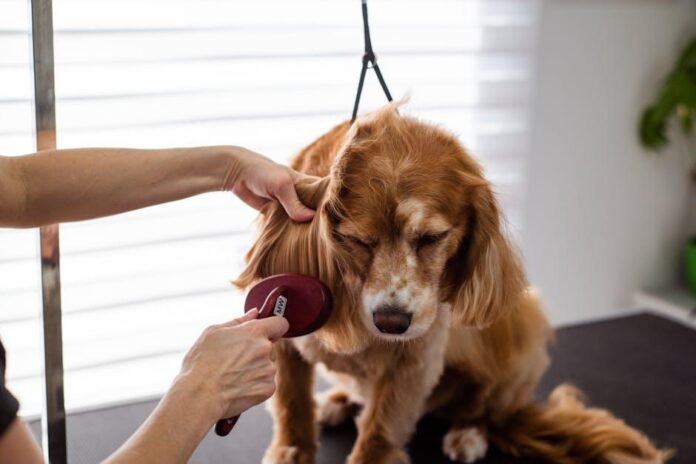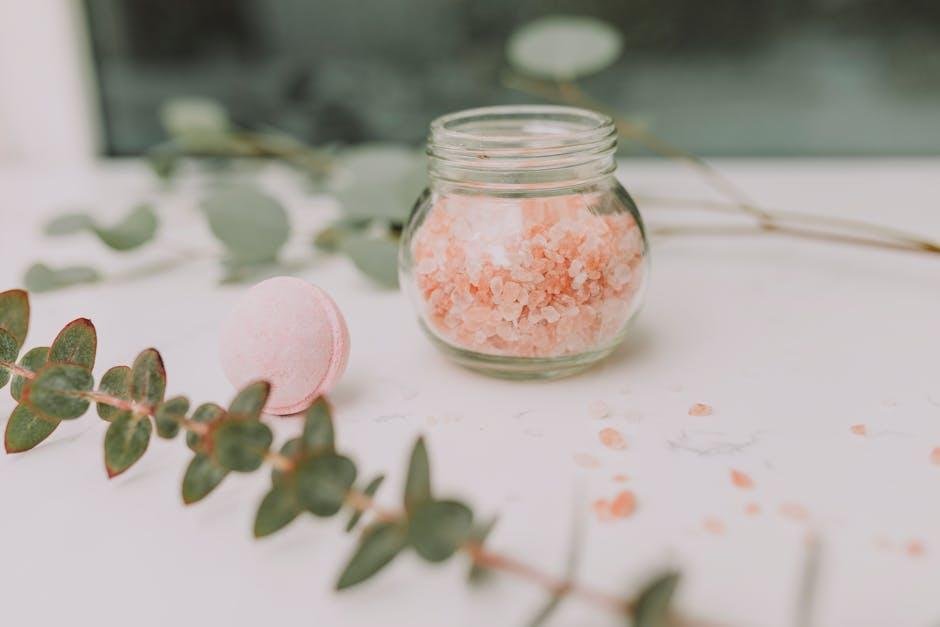Unleashing the Secrets of Brushing Your Dog’s Coat the Right Way
When it comes to the daily rituals of dog ownership, few activities evoke more joy and bonding than brushing your beloved pet’s coat. This chore transcends mere grooming; it is an chance to connect, to explore the nuances of your dog’s personality, and to nurture their health and well-being. However, not all brushing techniques are created equal. With a myriad of tools, coats, and temperaments in the canine world, the right approach can make all the difference.In this article,we will guide you through the art and science of brushing your dog’s coat effectively,ensuring your fur friend remains not only stunning but also comfortable and healthy. Whether you’re dealing with a fluffy retriever or a sleek beagle, our extensive tips will help you master the essentials of canine grooming with ease. Get ready to turn brushing time into a delightful experiance for both you and your furry companion!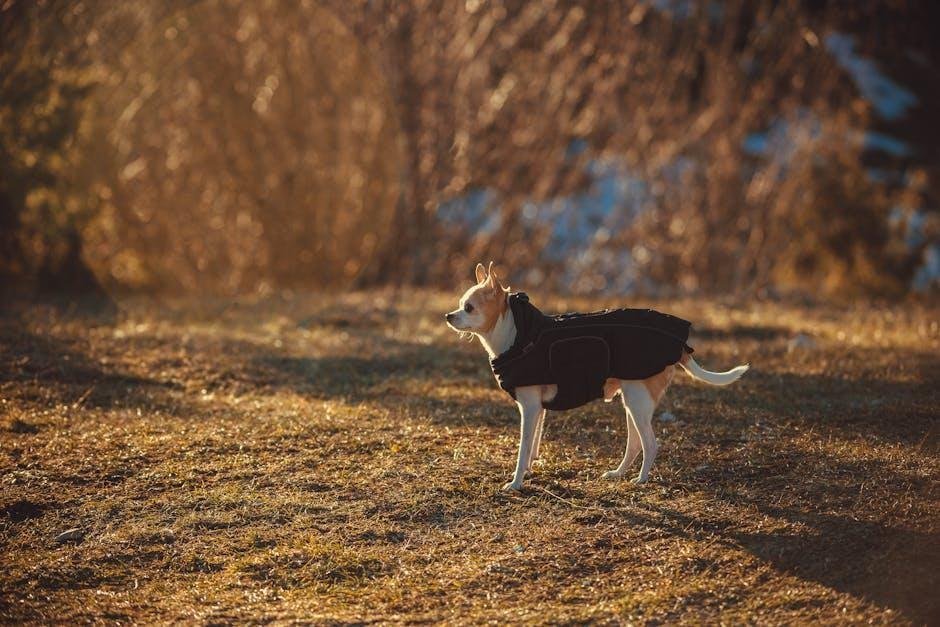
Understanding Different Coat Types for Effective Grooming
When it comes to grooming, understanding your dog’s coat type is essential for achieving optimal results.Various coat types require different grooming techniques and tools to maintain their health and appearance. As a notable example, dogs with long, flowing coats like the Afghan Hound benefit from regular brushing with a slicker brush or a wide-toothed comb to prevent tangles and mats. In contrast, short-haired breeds like the Beagle may only require a rubber grooming mitt to effectively remove loose hair and distribute natural oils through their skin.
Additionally, some coats may need specific attention during the grooming process. Consider the following types:
- Curly coats: Breeds like poodles need routine trimming and a pin brush to avoid matting.
- Wire coats: Breeds such as Airedales require hand-stripping for a proper look.
- Double Coats: Breeds like Huskies shed heavily and benefit from undercoat rakes during seasonal changes.
| Coat Type | Recommended Tools | grooming Frequency |
|---|---|---|
| Short Hair | Rubber Mitt, Bristle Brush | Once a week |
| Long Hair | Slicker Brush, Wide-toothed comb | 2-3 times a week |
| Curly Hair | Pin Brush, Nail Clippers | Weekly |
| Wire Hair | Hand Stripping Tools | Every 2-3 months |
| Double Coat | Undercoat Rake, De-shedding Tool | Every few weeks |
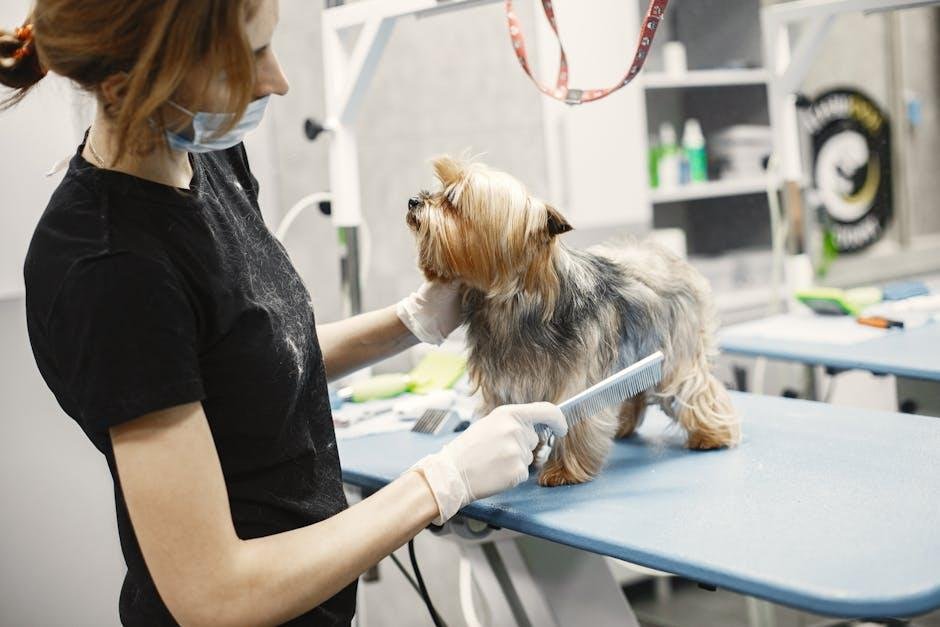
Essential Tools for Brushing Your Dog’s Coat with Precision
To achieve a healthy and lustrous coat,equipping yourself with the right brushing tools is essential. Start with a slicker brush, which excels in detangling and removing loose fur, making it perfect for medium to long-haired breeds. For shorter coats, a bristle brush will work wonders, as it evenly distributes natural oils and keeps your dog’s skin healthy. Additionally, investing in a dematting tool can be a lifesaver for dogs with thick, curly, or matted fur, allowing you to untangle stubborn knots without causing discomfort.
Don’t overlook the importance of a grooming glove as a supplementary tool. These innovative gloves can serve dual purposes: they allow you to brush while also bonding with your pet. Moreover,consider a comb specifically designed for your dog’s hair type to tackle any remaining tangles,and a hygienic spray can definitely help maintain the coat’s cleanliness and shine. Below is a speedy reference table to help you choose the right tools based on your dog’s coat type:
| Coat Type | Recommended Tools |
|---|---|
| Short | Slicker Brush, Bristle Brush |
| medium | Slicker Brush, Dematting tool |
| Long | Slicker Brush, Comb |
| Curly/Wavy | Dematting Tool, Grooming Glove |
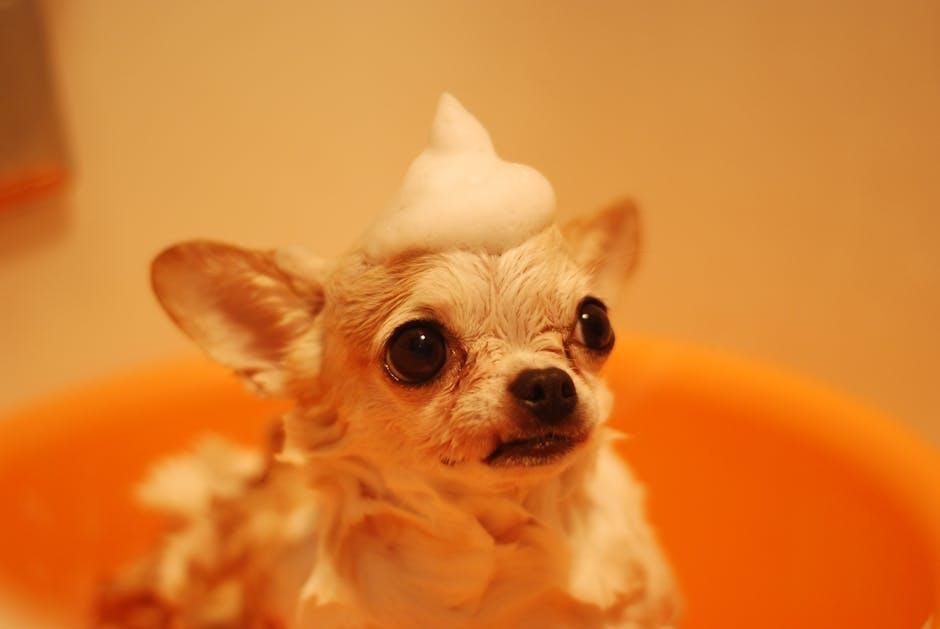
step-by-Step Techniques for a Comfortable Grooming experience
To ensure a pleasant grooming experience for both you and your furry friend, start by choosing the right tools. select a brush that is suitable for your dog’s coat type—whether its a slicker brush for long-haired breeds or a bristle brush for short-haired dogs. Make sure your grooming area is comfortable and distraction-free. Create a positive atmosphere by having treats on hand for rewarding your pup during the process. Begin by gently introducing the brush while offering treats and praise, allowing your dog to become familiar with the grooming tool before diving in.
Once your dog is relaxed and accustomed to the brush, adopt a systematic approach to grooming. Start at the back and work your way forward, brushing in the direction of hair growth to prevent discomfort. Use gentle, short strokes to remove knots and tangles, being especially careful around sensitive areas such as the ears and tail. Keep an eye out for any skin irritations or parasites while brushing, and don’t hesitate to take breaks if your dog seems agitated. By pacing the session and incorporating plenty of encouragement, you’ll create a harmonious environment that makes grooming a positive and enjoyable experience.
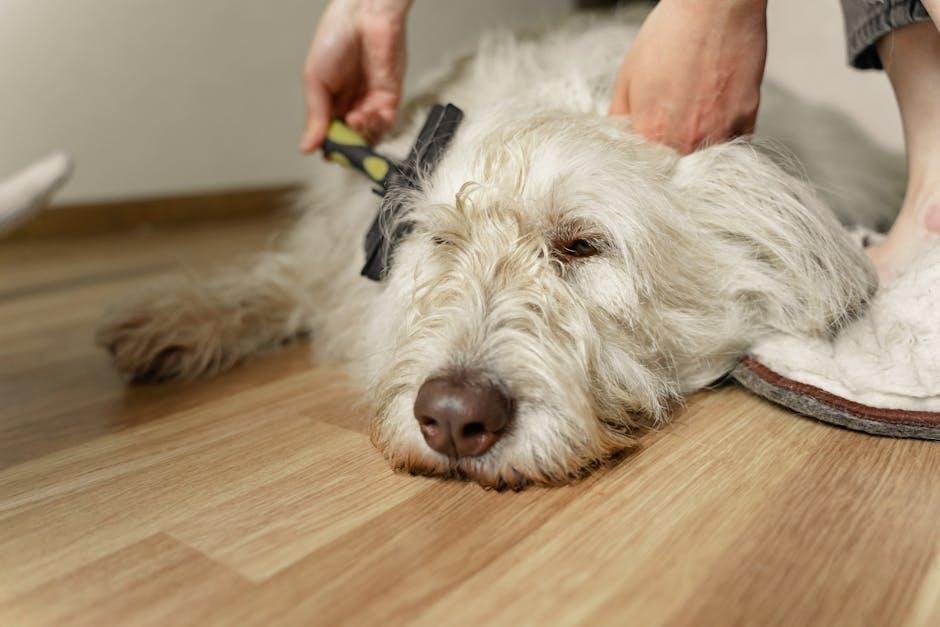
Maintaining a Regular Brushing Schedule for Optimal coat Health
Establishing a consistent brushing routine is essential for maintaining your dog’s coat in prime condition. Regular brushing not only keeps your dog’s fur sleek and free of mats, but it also promotes a healthier skin environment. To effectively integrate brushing into your dog’s grooming schedule, consider the following tips:
- Frequency Matters: Aim to brush your dog at least once a week, more often for long-haired breeds or those prone to matting.
- Choose the Right Tools: Select brushes that suit your dog’s coat type, whether they have a thick, wavy, or short coat.
- Grooming Sessions: Incorporate brushing into bath time or after outdoor play to make it a natural part of your dog’s routine.
Ultimately, the benefits of a regular brushing schedule extend beyond aesthetics. Routine grooming enhances circulation and stimulates the skin’s natural oils, leading to a shiny and healthy coat. Here’s a handy table to help you determine the optimal frequency based on your dog’s coat type:
| Coat Type | Recommended Brushing Frequency |
|---|---|
| Short-haired | 1–2 times per week |
| medium-haired | 2–3 times per week |
| Long-haired | Every other day or daily |
Final Thoughts
As we conclude our journey through the art of brushing your dog’s coat, it’s clear that this simple act transcends mere grooming; it’s a vital component of your furry friend’s overall well-being. By adopting the techniques and tips shared in this article, you’re not just maintaining a shiny and healthy coat, but also strengthening the bond between you and your canine companion. Remember,patience and consistency are key—each stroke of the brush is a step toward a happier,healthier pup. Embrace the ritual, enjoy the moments of connection, and let each brush pass serve as a reminder of the love and care that enriches your dog’s life. Happy brushing!


